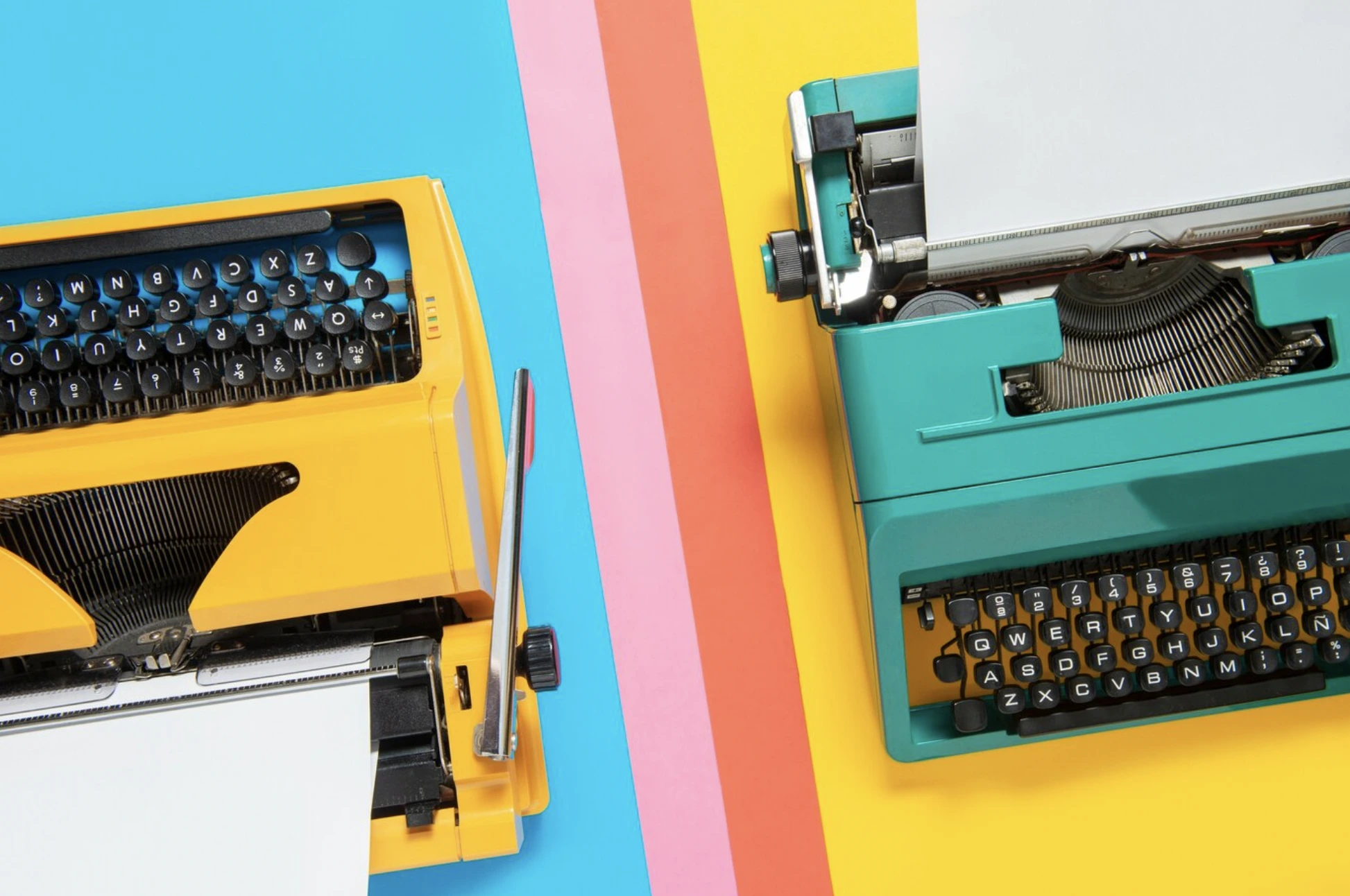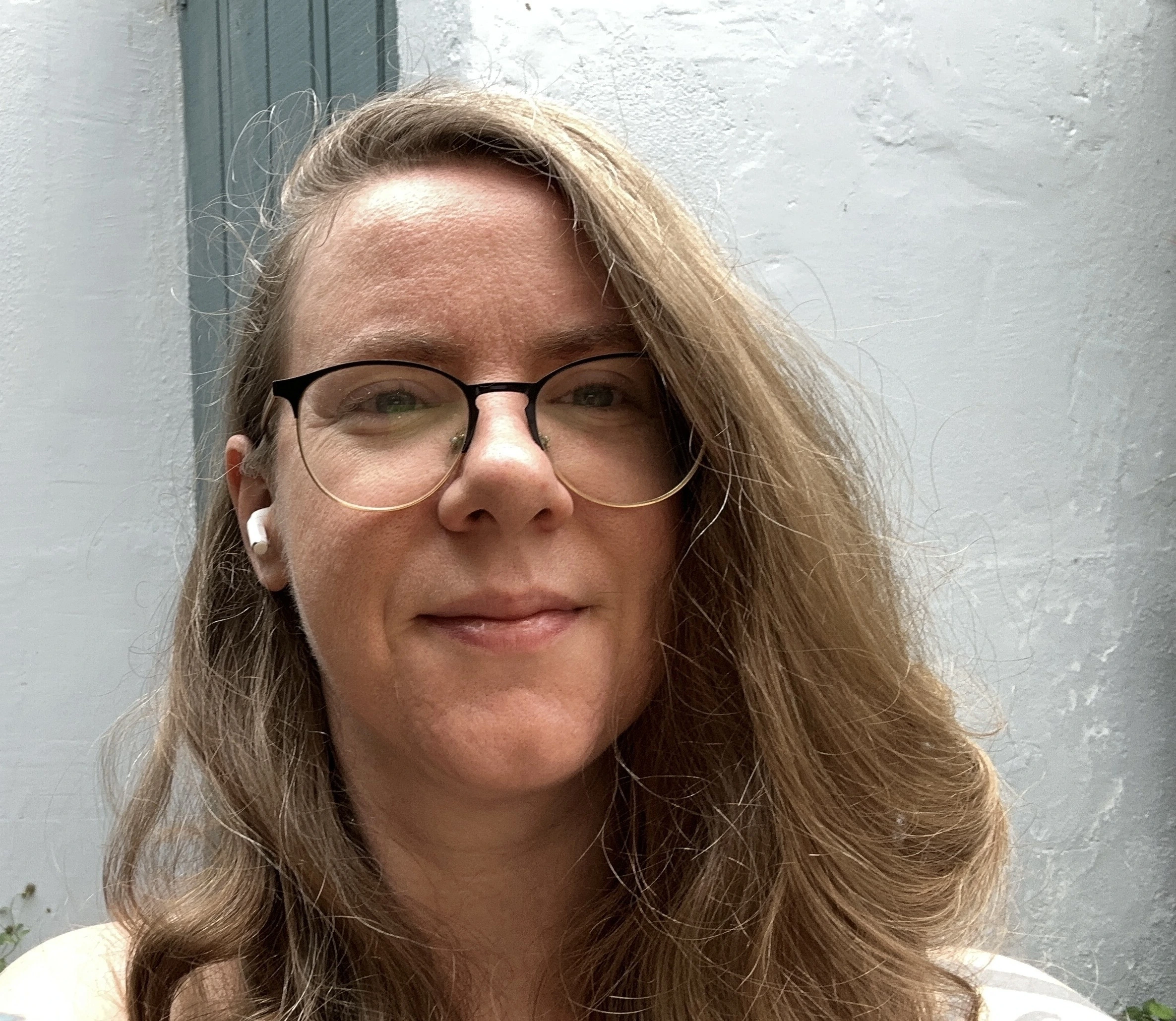
Image by pikisuperstar, from Freepik
AI Poetry Preferred Over Human Poems In New Study
Research shows people often prefer AI-generated poems, misidentifying them as human-written due to clarity and accessibility.
In a Rush? Here are the Quick Facts!
- AI poems are often judged more “human-like” than works by actual poets.
- Human poems are less accessible, often using complex metaphors and layered meanings.
- Readers misinterpret their preference for AI poems as evidence of human authorship.
Recent research reveals a surprising trend in poetry: people can no longer reliably distinguish between AI-generated poetry and works by renowned human poets.
In fact, non-experts often perceive AI-generated poems as more “human” than those written by actual poets. This phenomenon mirrors similar findings in other fields of generative AI, where machine-generated content appears more human-like than human-created works.
The study also highlights a preference for AI poetry over human-authored poems. Participants consistently rated AI poems higher across various metrics, including emotional resonance, clarity, and thematic communication.
This preference helps explain why many believe AI poems to be human-written; participants assume they are more likely to enjoy human-authored works and misattribute their enjoyment of AI poetry to human creativity.
The key factor driving this preference seems to be accessibility. AI-generated poems are straightforward, with clear themes and emotions that resonate with non-expert readers.
For example, an AI-generated poem styled after Sylvia Plath conveys sadness plainly, while another emulating Walt Whitman celebrates the beauty of nature.
In contrast, human poems often feature complex metaphors and require in-depth analysis. For instance, T.S. Eliot’s The Boston Evening Transcript critiques a bygone newspaper using layered comparisons and historical references, which may be challenging for casual readers to unpack.
This simplicity makes AI-generated poems easier to appreciate, particularly for readers without the time or inclination for deeper analysis.
However, this ease of interpretation might come at the expense of the depth and ambiguity that many value in human poetry. While AI poems effectively communicate moods and themes, they lack the intricate layers that often define human creativity.
The findings underscore how readers’ expectations shape their perceptions. Many participants underestimated AI’s ability to create poetry they would enjoy, leading to misjudgments about authorship.
The results also raise questions about how society will adapt to increasingly advanced AI systems. For instance, previous AI models like GPT-2 produced distinguishable poetry, but newer models, such as ChatGPT-3.5, have blurred these lines.
The author notes that the findings are specific to the latest generative language models and reflect current beliefs and biases about AI-generated texts.
As newer models emerge and AI-generated content becomes more widespread, perceptions of what “sounds human” in poetry or other texts are likely to evolve. Expectations about the qualitative differences between AI-generated and human-authored text may also shift over time.
As AI continues to evolve, the authors note that there is a growing need for transparency in AI-generated content. Governments in the U.S. and EU have proposed disclosure regulations for AI-generated works, but studies suggest users often overlook such labels.
Finding effective ways to inform readers about AI involvement remains an urgent challenge in the face of rapid technological advances.


 Previous Story
Previous Story

 Latest articles
Latest articles 

Leave a Comment
Cancel